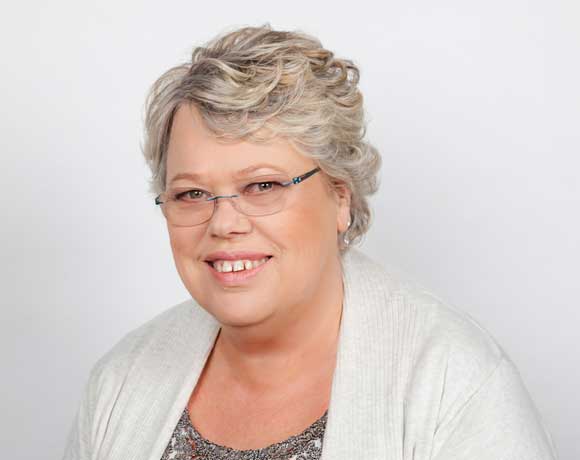Health and Safety Chat
CAA introduces rule 100
The New Zealand Civil Aviation Authority (CAA) has recently introduced Rule 100 Safety Management. This has added a new requirement for the management of an HSMS within the industry.
There are two requirements for the rule to be implemented;
• Group 1 – complex aviation
• Group 2 – less complex aviation
I have found that often these
The CAA have issued a safety management system evaluation tool (available on their website here) to help companies prepare their systems for CAA approval and sign off.
So what is a health and safety management system?
A health and safety management system (Sometimes called a safety case or a safety management system) should provide a company with:
• An easy and systematic way to identify and manage hazards and risks within the business
• Documented risk controls that detail how these risks are going to be managed
• helps a business comply with any relevant legislation and regulations
• provides a platform continuous improvement helping to drive efficiency through the business
• facilitates checks and audits that confirm controls are in place and health and safety is being followed
• provides assurance to the board/owners of a business that health and safety within the business is being controlled
Most high hazard/risk industries (e.g. rail, oil and gas, aviation) have a requirement for business to have a current and working HSMS written into their regulations, and when this is the case they are usually approved and overseen by the regulators of the industry for example the rail regulator oversee all rail activities. When an HSMS is not required to comply with specific regulations, an HSMS can be developed for a business and this will usually follow a set format or standards, such as the AS/NZS 4801 Health and Safety Management or ISO 45001 Occupational Health and Safety Management Systems.
While businesses may have specific requirements for their industry, all HSMS’s have the same basic requirement for controlling the risk management processes, needing to be implemented to help protect staff and others from the risks/hazards caused by operating the business. These HSMS will usually require:
• policies that set out how the company approaches health and safety and should include sections on injury management and rehabilitation, planning, reviewing, monitoring and continuous improvement etc.
• Planning should include regular health and safety activities and improvements that the business is undertaking as well as detailing how these improvements will be tracked i.e. these improvements need to be S.M.A.R.T
• descriptions of risk and hazard management processes and hazard controls that help to mitigate any hazards or risks as well as a regular review of the high-risk activities
• details of how health and safety communications are given to staff and records of any communications to staff and others including training, H&S forums/committees etc.
• descriptions of emergency procedures and disaster recovery. i.e. where do people evacuate to when there is an emergency
• processes for the management of contractors and visitors are to be controlled in the workplace to ensure that they are kept safe whilst on site
At Smart Safety Solutions we have extensive experience in writing and developing HSMS for various industries including rail, aviation, transport, and logistics, construction and manufacturing as well as for small operators such as sole charge service providers and organizations with less than ten staff e.g. training services, schools, cleaning services etc.
Call us for assistance if you are concerned that your HSMS does not comply with the regulations for your industry, would like them audited against a standard or would like assistance in developing an HSMS that complies with a specific regulation or industry
Contact either Steve or Susan for a free confidential chat.
Susan 021 570 570 or Steve Schroder 021 452 930.

